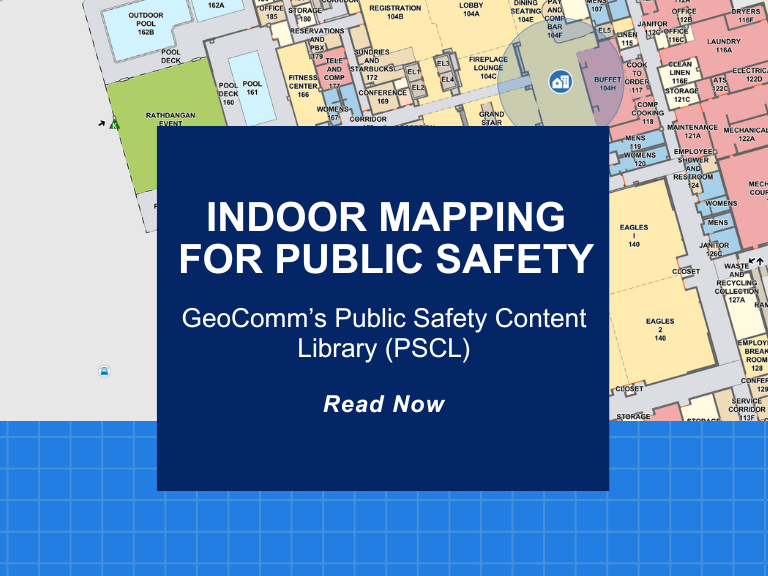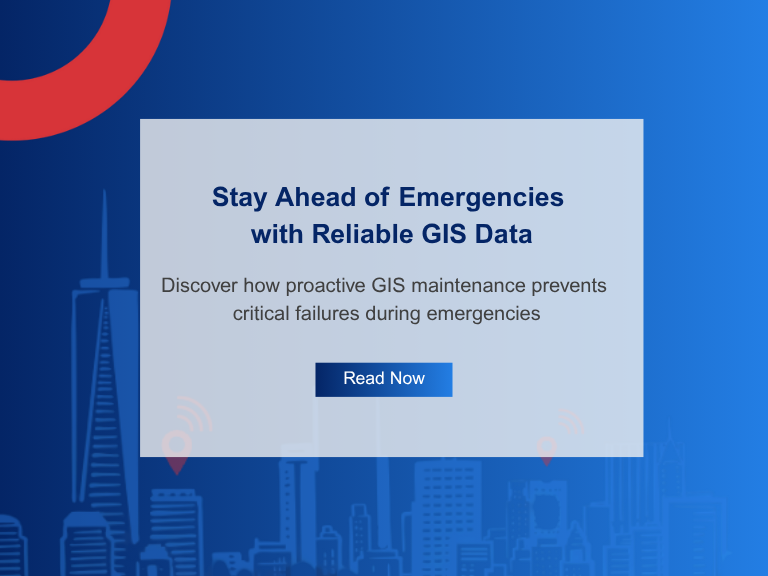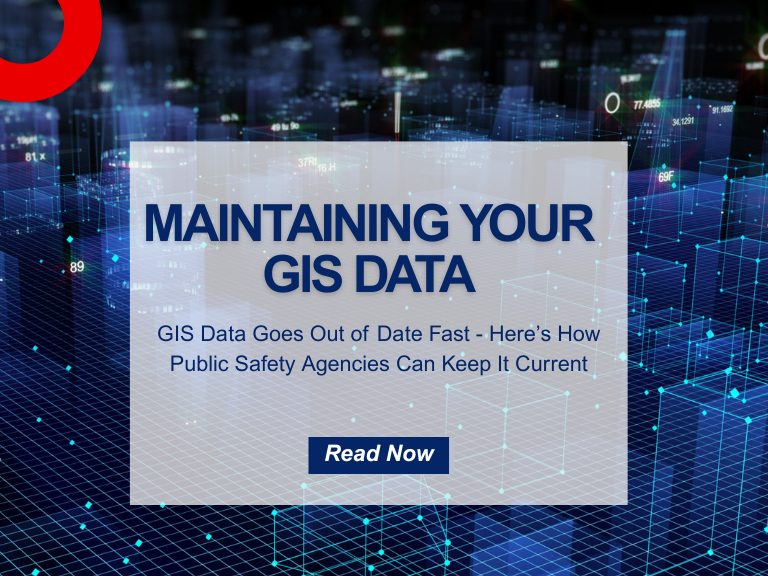Powering your Public Safety Systems with Improved GIS Data
Success is simple. Do what’s right, the right way, at the right time. – Arnold H. Glasow
When answering a 9-1-1 call, access to accurate and up–to–date GIS data is essential because seconds count. Fortunately, achieving the necessary Public Safety Grade GIS data needed for 9-1-1 can happen with just a few steps. Your steps involve assessing, improving, maintaining, and sharing your Geographic Information System (GIS) data to fulfill its mission critical role in current and future 9-1-1 systems. The steps are also important in enabling 9-1-1 calls to spatially route to the appropriate Emergency Communications Center (ECC) in a Next Generation 9-1-1 (NG9-1-1) environment. This proven process benefits call takers, responders, and future needs of the ECC.
Some find that the improve step can be a daunting task – reviewing the QC results from assessing your GIS data, and determining where to start with error resolution can quickly seem overwhelming. This review typically happens during a GIS Gap Analysis to identify data integrity issues and look at your data compared to NG9-1-1 industry standards.
Where to Start
Start by splitting your QC results into two categories: critical and non-critical. Critical issues will cause problems with NG9-1-1 call routing and location validation functions. These location validation functions are also part of existing 9-1-1 systems, so improving GIS data can immediately improve existing 9-1-1 system functionality while also preparing your agency for NG9-1-1. Non-critical errors may be identified by the NG9-1-1 Core Service provider or CAD/mapping system requirements but will not prevent the data from being provisioned into the system. Some common critical errors include:


